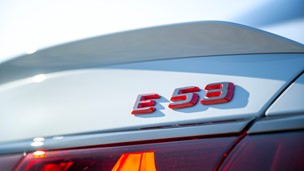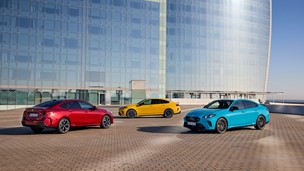Introduction
The BMW X3 has been a cornerstone of BMW's SUV lineup since its debut, bridging the gap between luxury and practicality. This fourth-generation X3 is tasked with following up on the success of its predecessor, which was BMW's best-selling model globally, shifting around 1,000 units per day. With competition fiercer than ever, from the likes of the Audi Q5, Porsche Macan, and Mercedes-Benz GLC, BMW has refined the X3 rather than reinvented it, keeping the core formula of versatility, performance, and premium appeal intact. As the luxury SUV market shifts towards electrification, this X3 is sticking with its traditional powertrains while a new generation of fully electric X3s is on the horizon. For now, let’s focus on the combustion-powered and plug-in hybrid models to see how the latest X3 stacks up.
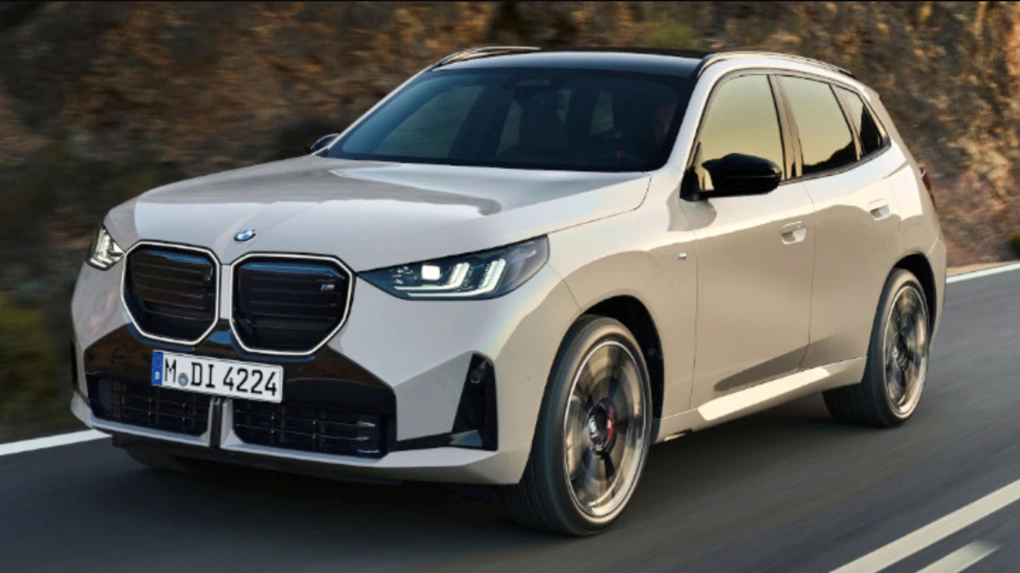
Design and Styling
BMW has taken a careful evolutionary approach with the design of the new X3, choosing to refine rather than revolutionize the look that has made the SUV so popular. The overall silhouette remains familiar, but BMW has sharpened the details to keep the X3 fresh and competitive. The kidney grille, a signature element of BMW's design language, has grown, though it’s more restrained compared to some of the larger, more controversial grilles found on other recent models. The front fascia also features sleek, adaptive LED headlights that contribute to a modern and aggressive appearance.
The side profile remains largely unchanged, maintaining the balanced proportions that make the X3 easily recognisable. Strong character lines and sculpted surfaces give the vehicle a muscular stance, while the slightly raised ride height and prominent wheel arches emphasise its SUV credentials. At the rear, BMW has opted for more minimalist taillights with a crisp light signature that complements the overall clean and contemporary design. The addition of a subtle roof spoiler adds a sporty touch without being overly bold.
The interior of the X3 aims to blend premium materials with cutting-edge technology, resulting in a cabin that feels both luxurious and functional. The centrepiece of the dashboard is BMW’s curved digital display, combining a digital instrument cluster with a large touchscreen for infotainment. The layout is driver-focused, with controls that are easy to reach and a clean, uncluttered design. BMW has also integrated customisable ambient lighting throughout the cabin, adding to the upscale ambiance, though some may find the light strips around the doors and centre console a bit overstyled.
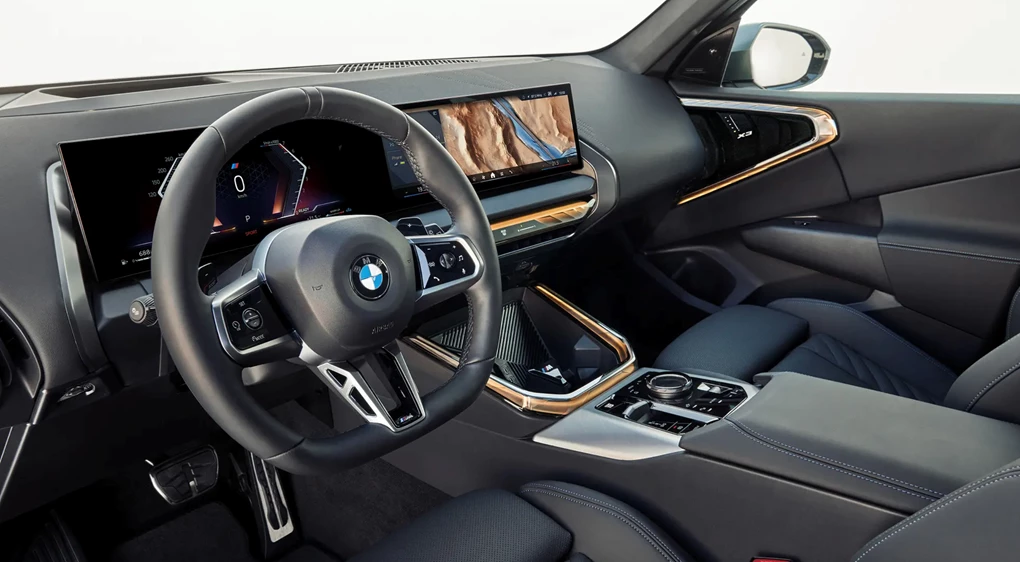
Powertrain and Performance: Versatility Meets Power
The BMW X3 offers a range of powertrain options to suit different driving needs, all paired with an eight-speed automatic gearbox and BMW’s xDrive all-wheel-drive system. This lineup includes everything from efficient four-cylinder engines to more powerful six-cylinder options, ensuring that there’s something for both everyday drivers and performance enthusiasts.
At the entry level, you’ll find the xDrive20i, a 2.0-litre four-cylinder petrol engine producing 205bhp. While not the most exciting option, it delivers solid performance, with a 0-62mph time of 7.8 seconds. This engine requires you to rev it fairly hard to extract the most power, but it’s well-suited to urban commuting and long motorway journeys, offering a smooth and refined experience.
The xDrive20d, powered by a 2.0-litre four-cylinder diesel engine, is likely to be the most popular choice for those prioritizing fuel economy and low-end grunt. Producing 194bhp, this engine is well-balanced for everyday driving, delivering ample torque for overtaking and hill climbs without feeling overly taxed. It’s also impressively quiet for a diesel, keeping the cabin calm and composed on long trips.
For those seeking more performance, the xDrive30e plug-in hybrid offers a combination of a 2.0-litre petrol engine and an electric motor, producing a combined 288bhp. This PHEV model can cover up to 56 miles on electric power alone, making it ideal for shorter commutes while also providing plenty of punch when both power sources are engaged. Though it doesn’t quite match the range of the Mercedes-Benz GLC PHEV, it’s still a strong option for those looking to dip their toes into electrification without sacrificing performance.
At the top of the range is the M50i, featuring a 3.0-litre six-cylinder petrol engine that delivers an impressive 393bhp. This powerhouse propels the X3 from 0-62mph in just 4.6 seconds, making it the choice for those who crave serious performance in their SUV. With a 48V mild-hybrid system, the M50i manages to offer some efficiency benefits alongside its thrilling acceleration and potent power delivery.
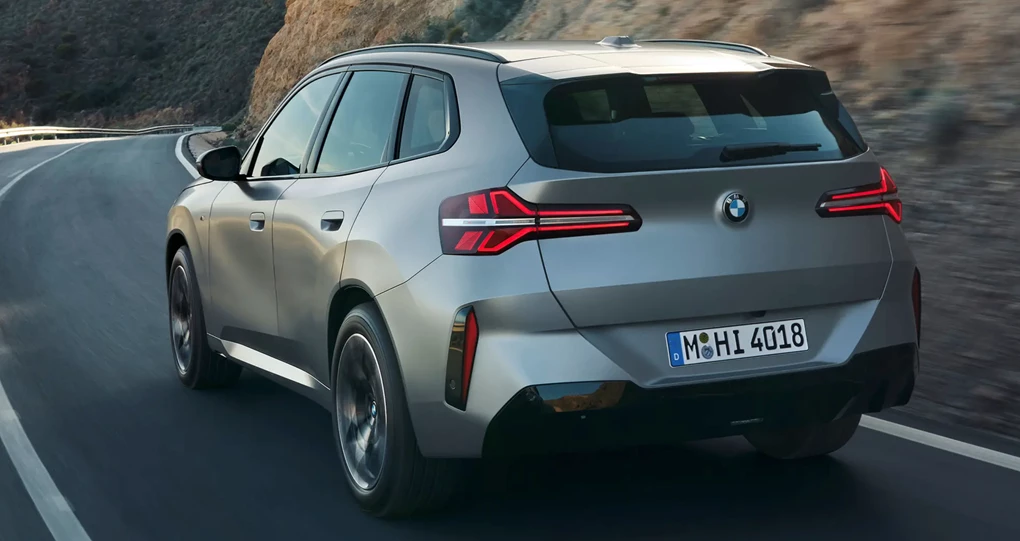
Practicality
The BMW X3 scores well in terms of practicality, delivering ample space for passengers and cargo, although some rivals do offer more flexibility and room in certain areas. As a five-seat SUV, it’s aimed squarely at families, and it largely succeeds in catering to their needs.
Up front, the X3 provides plenty of space for the driver and passenger. The high roofline ensures that headroom is generous, even for taller occupants, while legroom is similarly ample. The seats are comfortable and supportive, particularly in higher trims where power-adjustable sports seats are available. The wide cabin ensures that you and your front passenger won’t be encroaching on each other’s personal space, even on long drives. Storage is well thought out, with large door bins, a decent-sized glovebox, and a generous centre armrest cubby that adds to the overall sense of spaciousness.
In the rear, the X3 continues to impress, offering enough room for two tall adults to sit comfortably. There’s good headroom and legroom in the back, comparable to rivals like the Audi Q5 and Mercedes-Benz GLC. The rear bench can comfortably accommodate three passengers for shorter trips, though the middle seat is slightly raised and narrower, making it better suited for children. Rear passengers also benefit from decent storage spaces, including door bins and a fold-down armrest with integrated cupholders.
Where the X3 falls slightly behind some of its rivals is in its boot space. With 570 litres of luggage capacity, the X3 offers enough space for most families' needs—whether it's grocery runs, weekend getaways, or school drop-offs. You can easily fit a few carry-on suitcases or larger items, such as prams, under the parcel shelf. However, rivals like the Audi Q5 and Volvo XC60 offer a bit more boot space, which might be a consideration for those needing maximum cargo capacity.
One of the practical highlights of the X3 is its wide-opening rear doors, making it easier to load child seats or assist younger passengers in and out of the car. The ISOFIX anchor points are easy to access, further enhancing the X3’s family-friendly credentials
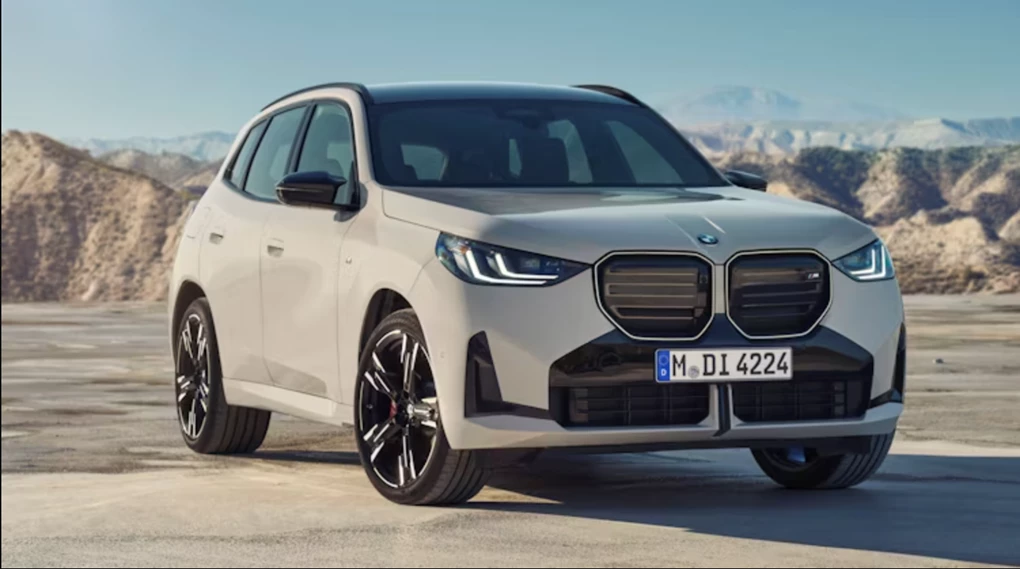
Conclusion
The BMW X3 continues to be a strong contender in the luxury SUV market, offering a winning combination of style, performance, and practicality. Its range of powertrain options caters to a variety of needs, from efficient commuting to spirited driving, while the cabin provides premium comfort and advanced technology. Although its boot space isn’t the largest in the class, the X3 delivers ample practicality for most families, along with a refined and enjoyable driving experience. For those seeking a well-rounded SUV with the quality and driving dynamics BMW is known for, the X3 remains a top choice.


